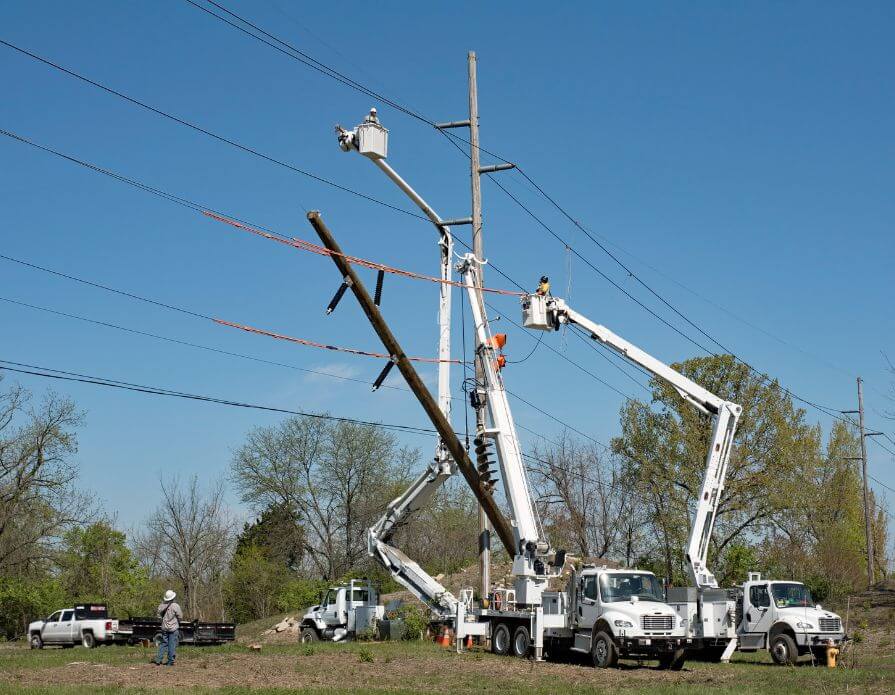How Alternative Materials Support Sustainable Energy Grids
Energy grids must adapt to meet growing electricity demands and simultaneously address environmental challenges. Traditional materials, like wood, fall short of providing the durability, efficiency, and sustainability required for modern energy systems.
Alternative materials present innovative solutions that enhance the performance of energy systems and support the global transition to renewable energy. By incorporating more durable, environmentally-resistant materials, energy providers can build more reliable, cost-effective, and eco-friendly infrastructures.
The Role of Alternative Materials in Renewable Energy Systems
The integration of new materials is reshaping renewable energy technologies worldwide. Countries like the United States are facing challenges demanding advancements in sustainability and reliability.
Solar panels now feature recycled aluminum, which enhances their structural integrity while reducing carbon emissions during production. Similarly, wind turbine blades use composites that resist tough weather conditions, ensuring durability for prolonged operations.
Notably, alternative materials support sustainable energy grids by improving efficiency and longevity. Solar farms that utilize these materials report lower maintenance costs due to their corrosion resistance. Additionally, composite turbine blades are lightweight and improve transportation logistics, reducing project timelines.
Strengthening Grid Infrastructure With Advanced Materials
Modern energy grids must endure rising demands and extreme weather changes. Utility poles made from alternative materials like ductile iron are highly durable and enable grids to better withstand challenging environmental conditions. Advancements in materials significantly reduce repair needs and prevent issues like utility pole damage in acidic soil.
Furthermore, alternative materials support sustainable energy grids by enhancing conductor performance. The design of modern advanced conductors can handle increased electrical loads without overheating, boosting grid efficiency and ensuring safe energy delivery. With these materials, energy systems can accommodate growth and maintain stability during peak demand periods.
Environmental and Economic Advantages of Alternative Materials
The adoption of innovative materials not only drives environmental benefits but also delivers economic gains. Manufacturers using recycled metals or lightweight alternatives achieve significant cost reductions while lowering emissions. For instance, bioplastics in energy infrastructure reduce the carbon footprint of production processes across the supply chain.
Financial savings also arise from improved system performance. Solar panels manufactured with recycled metals require less frequent replacement due to enhanced durability. Similarly, lighter turbine components decrease transportation costs and enable renewable energy facilities to remain both sustainable and cost-efficient.
Sustainable energy grids rely on materials that blend durability, cost-effectiveness, and eco-consciousness. By improving energy systems with alternative materials, the energy industry can enhance infrastructure strength, lower costs, and reduce environmental footprints.
Alternative materials like ductile iron enable grids to support cleaner energy options while preparing for future demands. Ultimately, their widespread adoption moves industries into a more sustainable and resilient global energy network.
